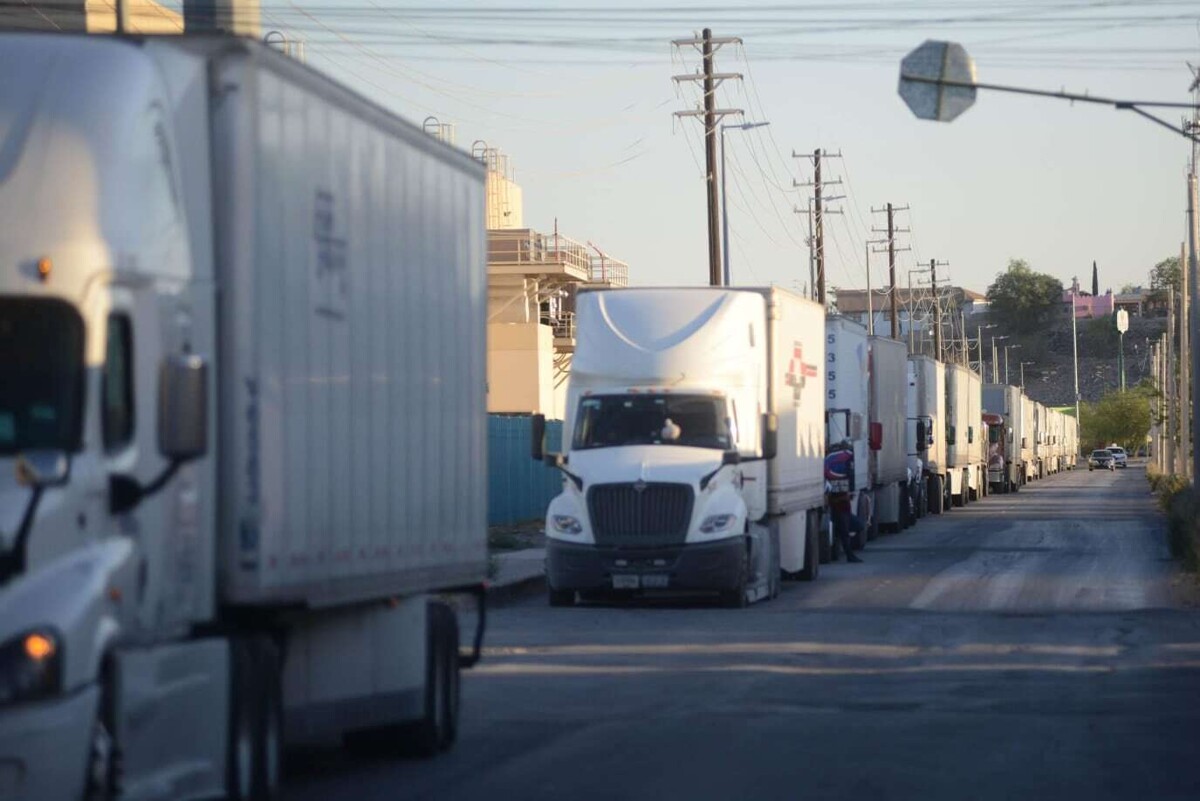
According to the annual report of the Chamber of the Transformation Industry of Nuevo León (Caintra), losses due to cargo transportation theft decreased by 57% by the end of 2024, which represents a total of 5 billion 950 million pesos for the industrial companies in the State. Jorge Santos, the president of the chamber, described these results as "stimulating".
Santos mentioned that this report reflects a significant decrease in losses resulting from thefts in the industrial sector of Nuevo León on highways, railroads, and associated costs. He emphasized that, although it is a positive advancement, caution should still be exercised.
Regarding the detailed figures, losses from theft on the country’s highways decreased to 2 billion 637 million pesos, representing a 29% reduction compared to the previous year. Additionally, theft of goods transported by rail fell by 54%, amounting to 500 million in 2024 compared to 1 billion 123 million in 2023.
On the other hand, additional expenses due to security measures implemented by businesses continued to rise, amounting to 2 billion 833 million pesos in 2024. Santos highlighted that this reduction in losses is due to various positive factors, such as the coordination among authorities at three levels of government, which has shown good results.
The president of Caintra stated that they will continue to strengthen collaboration with authorities at all governmental levels and emphasized the importance of reinforcing the presence of the National Guard and state police on the highways, investing in infrastructure and technology, as well as generating strategies to reduce thefts in conflict points across the country. He also mentioned the need to streamline and facilitate reporting thefts to identify and punish criminals.
On the other hand, Juan Pablo García, the general director of Caintra, pointed out that this year's Annual Cargo Transport Theft Survey has been the largest to date, with the participation of nearly 300 companies. He emphasized the importance of enhancing security at stops and taking measures to ensure that drivers feel safer in their work, although he noted that much work remains to be done.













